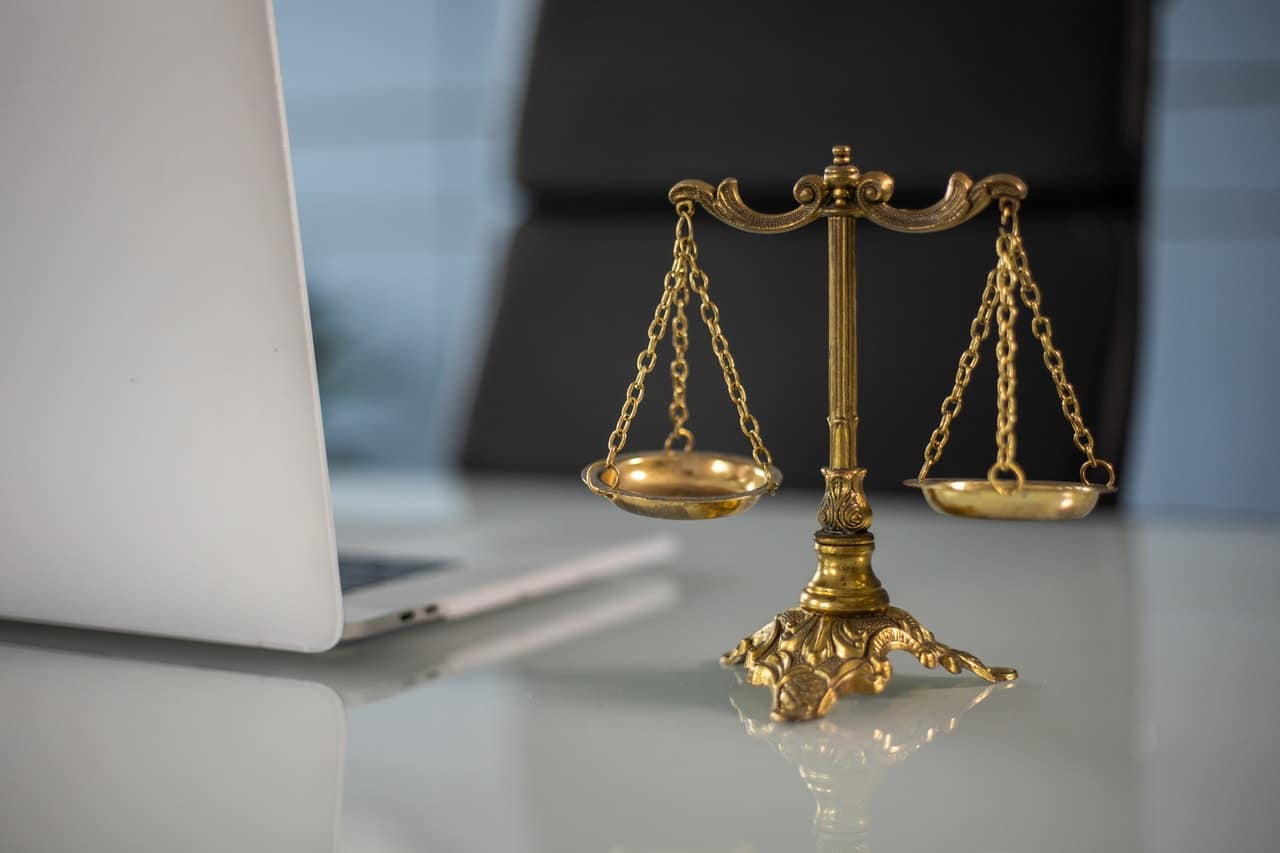 This month begins with a holiday pranksters are quite fond of — April Fools’ day — and a few weeks later, there an antidote of sorts to that day of deceit: National Honesty Day. April 20 was named Honesty Day by author and former press secretary M. Hirsch Goldman, who quite literally wrote the book on honesty, or rather, its opposite.
This month begins with a holiday pranksters are quite fond of — April Fools’ day — and a few weeks later, there an antidote of sorts to that day of deceit: National Honesty Day. April 20 was named Honesty Day by author and former press secretary M. Hirsch Goldman, who quite literally wrote the book on honesty, or rather, its opposite.
As Hirsch researched and wrote his book, “The Book of Lies: Fibs, Tales, Schemes, Scams, Fakes, and Frauds That Have Changed the Course of History and Affect Our Daily Lives,” he got the idea to devote a day to honesty and celebrating truth-telling. Could you tell the whole truth and nothing but the truth for an entire day?
But of course, lies that, as Hirsch says, “change the course of history” are quite different from the white lies we sometimes tell in our daily lives. Is the Easter Bunny coming to your house this month? Did Santa visit the kids in December? Most people are in agreement that those types of lies are okay, and beneficial even, as they keep the magic alive for our children. The whimsy of holiday characters bringing baskets of chocolate or a sack full of gifts feels especially welcomed right now.
But following this line of thought to its logical conclusion makes one wonder about how we draw the lines and set boundaries about with untruths and near-truths are okay and which are not. If honesty were always the best policy, things would be black and white, and Santa and the Easter Bunny would be out. There’s something appealing about living in a world where things could be that clear-cut. It would make our choices easier and narrow our path.
However, I’d argue that there is tremendous beauty and potential for growth in the grayscale between black and white. Living in the gray area, though, comes with more responsibility. We have to think more and reflect on our actions — act, learn, iterate. We can’t just operate on autopilot, which, as I’ve mentioned before, has its appeal because it’s comfortable. It’s not always easy to get outside our comfort zone, and, in the first steps we take toward doing that, we often face a formidable challenge: ourselves.
If honesty were always the best policy, things would be black and white, and Santa and the Easter Bunny would be out.”
When most of us think about honesty, we think about telling the truth to someone else or how telling a lie might impact our relationship. But I’d like to ask you this: How honest are you with yourself? Are you good at seeing yourself truthfully or are you lying to yourself? If you’ve been avoiding facing the truth about yourself and your actions, it’s probably fear that has you stuck. We have to get over the fear that stops us from being honest with ourselves.
When it comes to other people, living in the gray area also means we have to evaluate if our desire to tell the truth or to keep it from someone comes from having everyone’s best interest in mind or just from our own sense of guilt. Again, this requires some level of self-awareness and self-knowledge, not to mention the ability to see things clearly and truthfully. Whatever values we set for ourselves will reverberate out and have consequences in our lives and relationships.
So yes, being honest with ourselves pay dividends, but when it comes to honesty always being the best policy, I think there’s quite a bit more to explore. I’m sure the Easter Bunny would agree.

